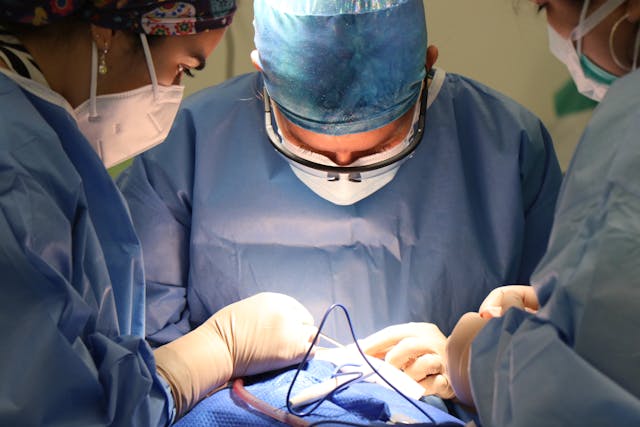The landscape of abdominal surgery is undergoing a significant transformation, thanks to the advent of innovative technologies. This article delves into some of the latest advancements that are set to redefine the future of abdominal surgical procedures.
Robotic Surgery: A Game Changer
Robotic surgery, a technology that has been around for over two decades, is rapidly gaining popularity in hernia repair surgery. Innovations in this technology have led to three-dimensional (3D) imaging of the abdomen’s interior, enabling surgeons to perform surgery through small incisions rather than the large ones associated with traditional open surgery. This results in less tissue damage, reduced pain, and faster postoperative recovery for patients.
Dr. Scott D. Coates, a general surgeon at Labette Health, notes, “Robotic surgery is gaining widespread use for hernia repair. Trainees have that platform as their go-to technology to repair both simple and complex hernias. Although many still use the laparoscope, the use of robotic surgery is expanding rapidly.”
Machine Learning: The Future of Surgical Decision-Making
In addition to robotics, machine learning applications are being developed to aid surgeons in assessing a patient’s risk for complications. This technology leverages the power of artificial intelligence to analyze a wealth of data and provide valuable insights that can guide surgical decisions2.
Natural Orifice Transluminal Endoscopic Surgery (NOTES)
Another innovative technique that has recently been developed to improve postoperative outcomes is Natural Orifice Transluminal Endoscopic Surgery (NOTES). This minimally invasive surgical technique allows surgeons to perform procedures through natural orifices, such as the mouth, anus, or vagina, eliminating the need for external incisions. This approach reduces the risk of wound complications and enhances patient recovery.
Conclusion
The future of abdominal surgery is promising, with the advent of technologies like robotics, machine learning, and NOTES. These advancements are not only improving surgical outcomes but also enhancing the quality of life for patients. As these technologies continue to evolve, they will undoubtedly usher in a new era of precision and efficiency in abdominal surgery.








